In the short second verse of chapter 8 of Luke’s gospel Mary Magdalene is identified in two ways: she is among the followers of Jesus, and she is the woman out of whom ‘seven devils’ had been cast. What are we to make of this strange verse? The usual conclusion is that Mary was a little insane, perhaps even suffering from fits of hysteria. Interpreted more literally, Jesus is presumed to have ‘cured’ Mary by performing some sort of an exorcism on her. Within the context of what Luke briefly tells us, both of these interpretations seem plausible enough. But to what extent can we be sure that this is what this puzzling verse actually means?
Was Mary perhaps epileptic? Such conditions were then commonly attributed to some form of possession, in which case we are asked to imagine that Jesus presumably alleviated her symptoms. Seen through the eyes of the time, those devils had been ‘cast out’ of her. In the light of our present knowledge of such conditions, this explanation is entirely plausible – but is this really what took place?
Many texts were written and in circulation before Christianity emerged in the recognizable form that we know today. For every book in the Bible there were many others, and before the Bible came into being, all of these texts were on an equal footing with each other. We do not know who wrote these texts, any more than we can be sure who wrote Luke’s gospel and the other three gospels. But if we wish to look for answers to these puzzling passages in scripture, we often enough can find these answers in the books that the early Church Fathers decided to exclude from the books that would come to be included in scripture.
The Gospel of Mary – the only known such text which has been attributed to a woman – contains a remarkable passage in which, following the Ascension, Mary relates to the other disciples certain inner mysteries which Jesus had passed on to her. This passage clearly tells us that Mary was close to Jesus – so close that he entrusted her with mystic knowledge not given to his other disciples. We now would describe her as being indoctrinated by Jesus into the inner mysteries. Whether Jesus did this as a great mystic, as an enlightened being, or as the son of the Divine is a matter for personal belief, and in itself does not affect the nature of this special knowledge given to Mary. But what is this special knowledge?
In this text, we are told that under Jesus’ instruction Mary ascended through various levels or ‘powers’. She describes encountering the power which has “…seven forms. The first form is darkness; the second is desire; the third is ignorance; the fourth is zeal for death; the fifth is the kingdom of the flesh; the sixth is the foolish wisdom of the flesh; the seventh is the wisdom of the wrathful person. These are the seven powers of Wrath.” Jesus’ action towards Mary can now be seen for what it truly is: not some trivial and all-too-literal exorcism, but an indoctrination into the inner mysteries, which Mary in her turn masters.
We know that the writer of Luke drew upon older texts for some of his material, and the ‘seven devils’ episode would seem to be a scrambled version of these older mysteries whose true meaning was lost on that writer, remembering that the Gospel of Mary would itself have been copied from older texts. So the Gospel of Mary offers us a Mary who is indeed a wise and profound teacher, and even the closest to Jesus and the most deserving of his disciples.
We already have come a long way from the Mary of Luke’s gospel out of whom ‘seven devils’ were cast. We can now see her as the Mary who, uniquely among the disciples, managed to master these inner mysteries, not so much of the Kingdom of Heaven, but of the inner Self: which in the end is perhaps the same thing. Today, July 22nd, is traditionally the day of Mary Magdalene, and what better way to celebrate this day than to shed these outdated misconceptions about her and to see her for who she truly must have been: an enlightened soul who truly was 'the disciple whom Jesus loved’.
Bass relief beneath the altar, Church of St Mary Magdalene, Rennes-le-Château, France












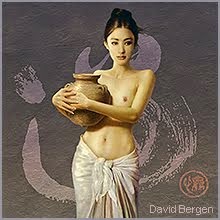

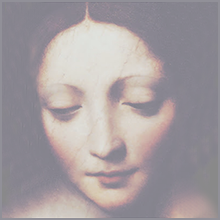
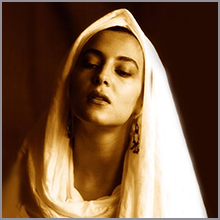
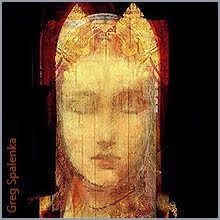
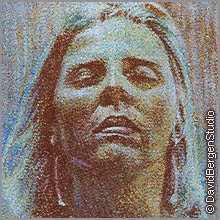











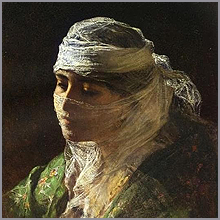


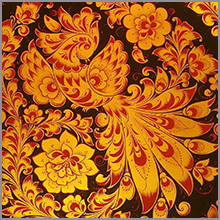

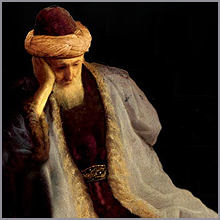
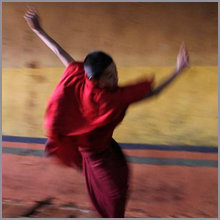




Deep bows to you Emma for this wonderful and poignant gift of seeing our lineage, Mary Magdalene. I celebrate Her with you today as the awakened, profound teacher that she was and continues to be. Awesome, reflective post Emma!!!
ReplyDeleteThank you for you appreciation Phyllis. If Mary Magdalene has a lineage, then it is the heritage of the texts which have been preserved and translated. If you have not done so, I do urge you to read Karen L. King's English translation of and commentaries on the Gospel of Mary and other such texts, which is where I drew my own inspiration for this post. I think myself that we need to be cautious about 'over-deifying' Mary. The facts about her are almost non-existent, other than what these texts suggest about her.
DeleteSo beautifully written Emma! I too am fond of this day to celebrate her..a very enlightened soul and spirit! Thanks for shining her light and for your sharing your magic and love and wisdom always!
ReplyDeleteBlessings
Victoria
Thank you dear Victoria. Perhaps we are both touched by her gracious spirit in what we do. Certainly I believe that it is the time to bring these long-misunderstood things about her into the light - and who knows, perhaps it is indeed her spirit that is working through others to do this. ♥
Delete